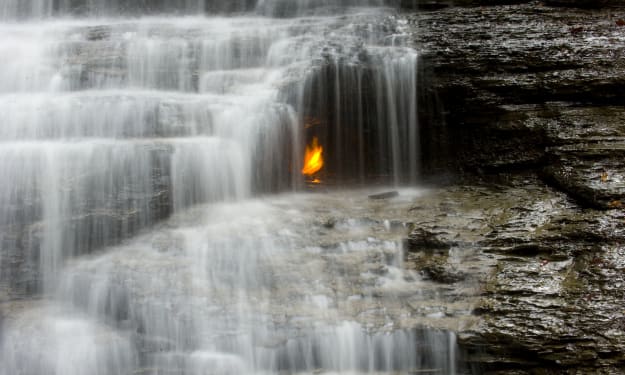
In the bustling streets of New York City, surrounded by the contemporary skyline of towering structures, it's intriguing to ponder the endurance of ancient Roman buildings that have withstood the test of thousands of years. As our modern constructions seem to crumble, the question arises: How did the Romans create such resilient buildings, often adorned with intricate designs?
Recent research has unveiled a remarkable secret behind the strength of Roman structures – a type of concrete that not only withstands the elements but possesses the ability to self-repair when exposed to moisture. This groundbreaking discovery not only explains the longevity of Roman buildings but also opens avenues for creating more natural and resilient modern cement.
Studies indicate that Romans incorporated volcanic ash into their concrete mix, providing enhanced strength, especially in coastal regions where the air's natural humidity could cause more damage. In contrast, contemporary concrete typically comprises sand, rocks, water, and Portland cement, which is manufactured by subjecting limestone, clay, and other substances to intense heat in ovens exceeding 1400°F. While this method yields a well-blended mixture, it often leads to concrete that is prone to cracking and has a shorter lifespan.
An intriguing aspect of Roman concrete is the presence of small white bits of calcium, known as lime class, embedded within. While the surface may not be as smooth as modern concrete, these tiny pieces play a crucial role in self-repair. When cracks appear, the calcium carbonate in the lime class reacts with water, closing the gaps – a unique quality that sets Roman concrete apart.
The Romans, though unaware of the scientific intricacies, stumbled upon a successful recipe through experimentation over an extended period. Historical records reveal their use of this concrete in constructing robust structures, particularly for ships, once its effectiveness was realized.
However, not all Roman buildings have weathered the centuries unscathed. Take the Colosseum, one of the world's most iconic Roman constructions, for example. Initially nearly twice its current size, the Colosseum has undergone considerable transformations over the years. From a devastating fire in 217 to extensive repairs over a century and subsequent earthquakes, the Colosseum, like a resilient phoenix, has adapted to the challenges of time. Interestingly, pieces of limestone shaken off during these tumultuous events were repurposed in the construction of other landmarks across Rome.
Moving away from the Colosseum, the Tower of Pisa, renowned for its infamous tilt, has become one of the most photographed spots globally. Constructed in 1178, the tower's lean became apparent even before completion. The lean, attributed to mushy and shifting soil beneath, has persisted and is gradually increasing at a rate of approximately 0.08 inches per year. Despite its precarious appearance, the Tower of Pisa remains standing due to its center of gravity remaining within its base, defying the odds of physics.
The Pantheon, another testament to Roman architectural prowess, stands as a temple in Rome with a unique concrete construction and an intriguing dome-shaped design. Serving as a source of inspiration for structures worldwide, including the U.S. Capitol and the Jefferson Memorial in Washington, D.C., the Pantheon showcases the Romans' understanding of architecture, light, and symbolism.
As we marvel at these ancient wonders, it's evident that the Romans, guided by trial and error, inadvertently left a lasting legacy in the world of construction. Their use of innovative materials, like volcanic ash and lime class, has not only stood the test of time but continues to inspire modern builders to seek more sustainable and enduring solutions.
In the grand tapestry of architectural history, the ancient Romans have woven a story of resilience and innovation, offering us glimpses into a bygone era where every crack in the concrete told a tale of adaptation, survival, and the relentless march of time.





Comments
There are no comments for this story
Be the first to respond and start the conversation.